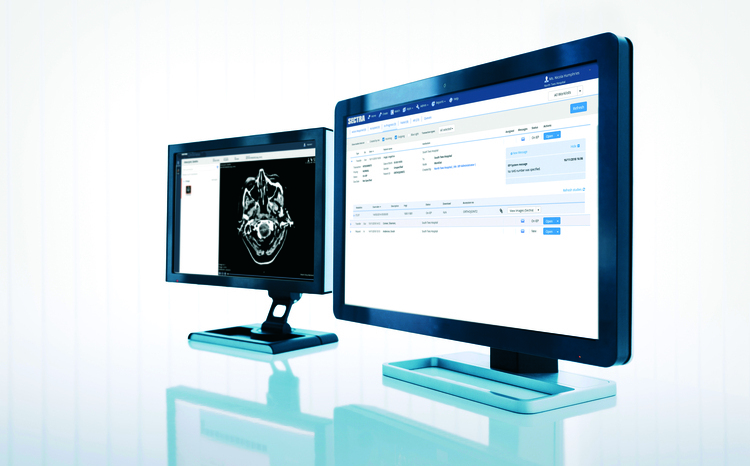Derby City leads on breast imaging
- 10 June 2010
Only one of England’s 82 local breast screening programmes is fully integrated with its local PACS – but other sites are making progress, UKRC 2010 heard this week.
Derby City Hospitals NHS Foundation Trust was the first breast screening programme in England to be fully interfaced with its local PACS; a non-local service provider GE system. It went live late in 2009.
Sarah Sellers, assistant director of the NHS Cancer Screening Programme, told the conference that Kingsmill Hospital, Mansfield, Nottinghamshire, working with LSP Accenture, had been signed off by NHS Connecting for Health.
She told E-Health Insider that the trust had integrated one digital modality into its Agfa PACS.
The CSC solution is ‘imminent’ in Truro and should be live by mid-June with Plymouth to follow on, she added. There is nothing yet from BT and Sectra working in London.
Most breast screening programmes (43 out of 82) have introduced some digital radiography, with nine now converted fully to DR. Sellars said the aim was that each service should have at least one digital modality by the end of 2010.
Sellers paid tribute to the staff who had helped to get the sites live, especially PACS leads who had been very helpful with local communication.
Progress towards integration with PACS presents challenges. Sellers commented: “When we started we were a bit naive in thinking that general radiology would be using the NHS Number!”
In many cases, hospital numbers were in use, and the programme had to work around that.
Other challenges include the cost of local short term storage and the technical issues that arise when screening programmes work across multiple trusts with multiple PACS systems.
Concerns were also raised in some trusts about the performance of networks when breast images were loaded into the PACS.
Future challenges include the management of the transition when staff will have to view prior film images alongside digital images. Services are looking at the options of scanning previous images into their PACS; making film packets available or using roller viewers alongside the digital screen.
Storage is a long term challenge too, Sellers pointed out, with each screen requiring 50Mb of storage and the national screening programme in England expected to generate 100 terabytes a year.
In the wider context, the technology changes are supporting a service facing a steep increase in demand.
Set up in 1988 to screen women aged 50-64 years, the programme is likely to expand to cover more women at both ends of that age scale.
In addition to this pressure, the population within the age ranges covered by the programme is growing as the ‘baby boomers’ born in the 1950s and early 1960s become eligible for screening.
The screening programme is also set to take on the care of women at high risk of breast cancer who may require earlier or more frequent screening. All in all, Sellers said the expansion in breast screening would generate an increase in workload of about 30%.




